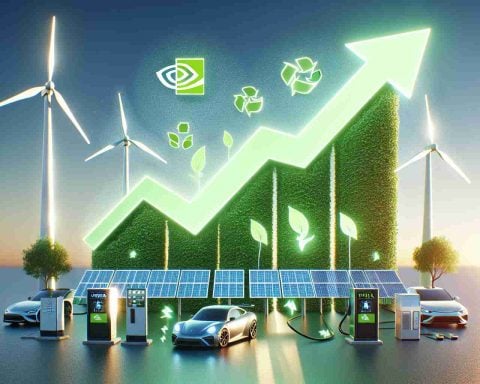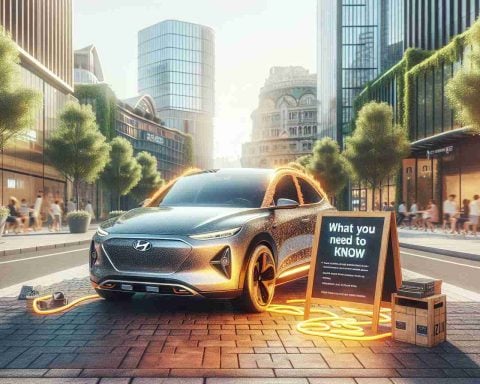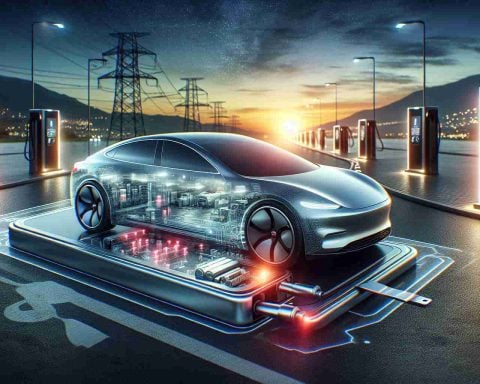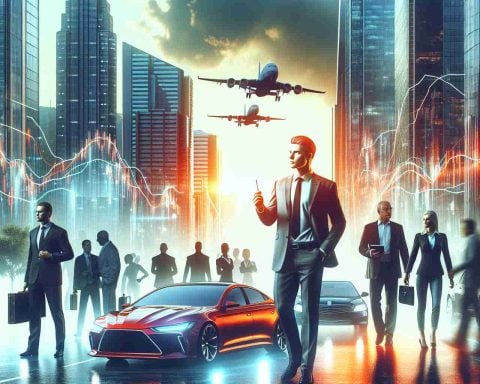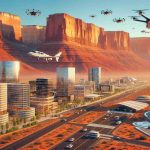- Tesla drivers are statistically the worst in the U.S., with 36.94 incidents per 1,000 drivers.
- Incident analysis included factors like speeding tickets, citations, DUIs, and crashes.
- Pontiac drivers have the highest DUI rates, while Tesla ranks close to BMW for these incidents.
- LendingTree’s study left some ambiguity about the types of collisions considered.
- Tesla and Subaru’s reputation for safety may encourage risky behavior among some drivers.
- The allure of autonomous features might contribute to driver inattention and misconduct.
- Vigilance remains crucial, even as technology advances toward a driverless future.
In a landscape where self-driving cars are hailed as the future, Tesla, the pioneer of autonomous aspirations, might face an ironic reality check. According to a recent study by LendingTree, Tesla drivers have the dubious honor of being labeled the worst drivers in the United States.
With dreams of effortless commutes on autopilot, Tesla owners might be envisioning a utopian future, but current data paints a starkly different picture. The analysis considered factors such as speeding tickets, citations, DUIs, and crashes. Tesla topped the charts with a striking 36.94 incidents per 1,000 drivers, outpacing Ram and Subaru, who trailed with 33.92 and 32.85 incidents respectively.
Curiously, while Tesla led in overall misconduct, when it came to DUIs, Pontiac drivers took the crown, conjuring images of mulleted enthusiasts cruising their Trans Ams with Keystone Light in hand. Among current brands, Tesla sat just shy of BMW for alcohol-induced incidents on the road.
LendingTree’s method didn’t clarify if only at-fault collisions were considered, leaving some ambiguity. Could the presence of a glistening Cybertruck induce fury and accidents among other drivers? It’s a wild thought, yet it lingers.
Amidst this chaos, a paradox emerges: Tesla and Subaru, proponents of vehicle safety, find themselves amidst controversy. Could the trust in their vehicles’ safety features drive owners to risky behavior, believing they are protected? Or is it simply the allure of “Full Self Driving” that leaves Tesla drivers unfocused?
The ultimate takeaway? Even the road to a driverless future demands vigilance.
Are Tesla Drivers Really the Worst in the U.S.? A Deep Dive into the Stats and What They Mean for the Future of Self-Driving Cars
Analyzing Driving Behavior: Is Tesla Being Unfairly Singled Out?
The discussion around Tesla drivers being labeled the “worst” in the United States challenges our understanding of car safety and driver behavior. The LendingTree study that labels Tesla drivers as the worst stems from data on speeding tickets, citations, DUIs, and crashes. With Tesla drivers having 36.94 incidents per 1,000, it’s a point of concern for the brand known for its advanced driver-assistance systems.
Key Questions:
– What Factors Might Contribute to Tesla’s Rankings?
The study didn’t specify whether only at-fault collisions were considered, leaving the possibility that non-fault incidents inflate Tesla’s numbers. Additionally, high-performance features and the allure of “Full Self-Driving” might encourage risky driving behaviors.
– Is the Perception of Safety a Double-Edged Sword?
Tesla’s reputation for safety might lead some drivers to adopt riskier behaviors under the false belief that the car will safeguard them entirely.
Pros and Cons of Tesla’s Advanced Driver-Assistance Systems
Pros:
1. Enhanced Safety Features: Automated braking, lane keeping, and collision warning systems have been shown to reduce accident rates in Tesla vehicles.
2. Convenience: Provides a glimpse into the future with semi-autonomous driving capabilities that ease the burden of driving in certain conditions.
Cons:
1. Overreliance: Belief in the infallibility of these systems may lead to distraction or inattentiveness.
2. Legal and Liability Issues: Confusion over the system’s limitations could result in legal complications regarding fault in incidents.
Market Predictions and Tesla’s Position
Despite criticisms, Tesla continues to innovate and maintain a strong market presence. The trend toward electric and autonomous vehicles supports growth in their sector.
– Market Expansion: Predicted growth for Tesla with increased demand for electric vehicles and advancements in AI for vehicles.
– Innovation Trajectory: As Tesla continues to evolve its autonomous capabilities, public and legal opinions will shape its future market strategy.
Comparing with Competitors
– Subaru: Like Tesla, Subaru boasts high safety ratings, yet finds itself experiencing similar driving misconduct controversies.
– BMW and Ram: These brands also exhibit high numbers of incidents, signifying that luxury or performance vehicle ownership might correlate with aggressive driving habits.
Links:
For more information on Tesla and their latest innovations, visit the official sites:
Final Thoughts: Navigating the Road to a Driverless Future
While Tesla works toward a self-driving utopia, the responsibility still falls on drivers to exercise caution. Technological advancements must be paired with responsible usage habits. As we approach a future with autonomous vehicles, both technological developers and regulators must ensure that the capabilities intended for safety do not inadvertently promote risky behavior.
Deploying comprehensive public education campaigns and developing stricter automotive guidelines can help mitigate current issues and prepare for a smoother transition to fully autonomous roads.









